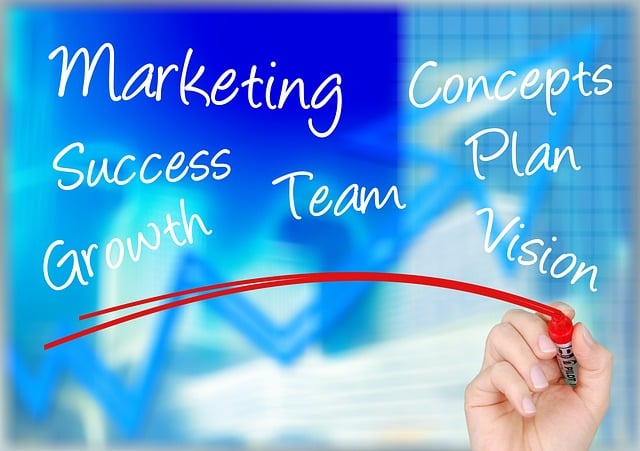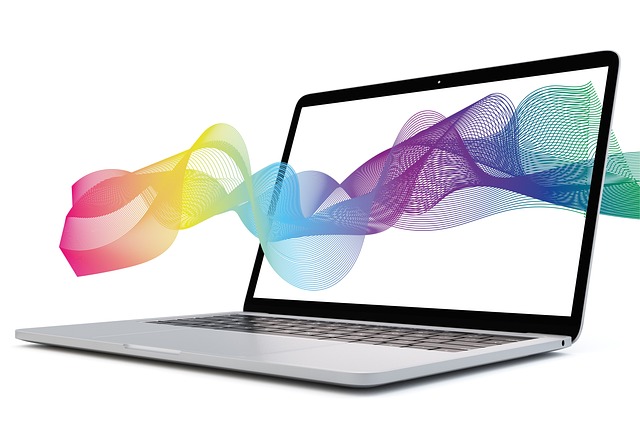AI business chatbots powered by advanced NLP and machine learning are revolutionizing customer interaction in hospitality and food service sectors. They offer 24/7 availability, instant responses, and personalized experiences through AI visual analytics for menu design. These chatbots analyze customer preferences, suggest popular items, and create dynamic, visually appealing menus in real-time. By integrating visual analytics, businesses can optimize offerings based on dietary restrictions, ingredient trends, and customer behavior, driving growth and enhancing engagement. Strategic implementation involves leveraging AI visual analytics for intuitive menu design, setting clear goals with defined use cases, regular testing, and user feedback for continuous improvement.
“Unleash the power of AI with innovative business chatbot implementation services, transforming customer engagement. This comprehensive guide explores how advanced chatbots are revolutionizing industries, offering 24/7 support and enhancing user experiences. From understanding implementation services to harnessing AI visual analytics in menu design, we reveal strategies for successful chatbot deployment. Discover best practices and learn why integrating AI analytics can elevate your business, providing insights that drive customer satisfaction and growth.”
- Understanding AI Business Chatbot Implementation Services
- Benefits of Integrating AI Visual Analytics in Menu Design
- Best Practices for Successful Chatbot Deployment
Understanding AI Business Chatbot Implementation Services

AI business chatbot implementation services are transforming the way companies interact with their customers. By leveraging advanced natural language processing (NLP) and machine learning algorithms, these chatbots offer 24/7 availability, instant responses, and personalized experiences. One cutting-edge application is AI visual analytics for menu design, where chatbots can analyze customer preferences, suggest popular items, and even create dynamic, visually appealing menus in real time.
This technology goes beyond simple question-answering to deliver insights that drive business growth. Through conversational interactions, AI chatbots collect valuable data on customer choices, dietary restrictions, and feedback, enabling businesses to optimize their offerings. By integrating visual analytics, these chatbots can present data in engaging formats, such as charts or interactive graphics, enhancing the user experience and facilitating better decision-making for both customers and business owners.
Benefits of Integrating AI Visual Analytics in Menu Design

Integrating AI visual analytics into menu design offers a plethora of advantages for businesses in the hospitality and food service industries. By leveraging advanced algorithms, restaurants can create visually appealing and data-driven menus that cater to customer preferences. AI analytics provide insights into popular dishes, ingredient trends, and customer behavior, allowing for more informed menu planning. This technology enables dynamic menu updates, ensuring that offerings remain relevant and aligned with seasonal changes or local availability.
Visual analytics tools can also enhance the overall dining experience by personalizing menus based on individual dietary preferences and restrictions. Through predictive modeling, AI chatbots can suggest tailored menu items, improving customer satisfaction and loyalty. Moreover, these analytics provide valuable feedback to kitchen staff, streamlining operations and minimizing food waste. With AI visual analytics, menu design becomes a strategic process that combines artistic presentation with data-backed decisions, ultimately driving business growth and enhancing customer engagement.
Best Practices for Successful Chatbot Deployment

Implementing an AI business chatbot requires strategic planning and adherence to best practices for successful deployment. One key aspect is leveraging AI visual analytics for menu design, ensuring the chatbot’s interface is user-friendly and intuitive. By utilizing advanced algorithms, businesses can create visually appealing menus that guide users seamlessly through conversations, improving engagement and satisfaction.
Additionally, effective chatbot integration demands clear goals and well-defined use cases. Clearly outline the expected outcomes, target audience, and specific tasks the chatbot will handle. Regular testing and iteration are vital; gathering user feedback allows for continuous improvement and fine-tuning to meet evolving business needs and customer expectations.
AI business chatbot implementation services are transforming the way businesses interact with customers, offering enhanced user experiences and efficient operations. By integrating AI visual analytics in menu design, companies can create intuitive interfaces that cater to diverse customer preferences. Adhering to best practices for successful chatbot deployment ensures these virtual assistants become valuable assets, streamlining processes and boosting customer satisfaction. Embracing these innovative solutions paves the way for a more interactive and data-driven future in customer service.
